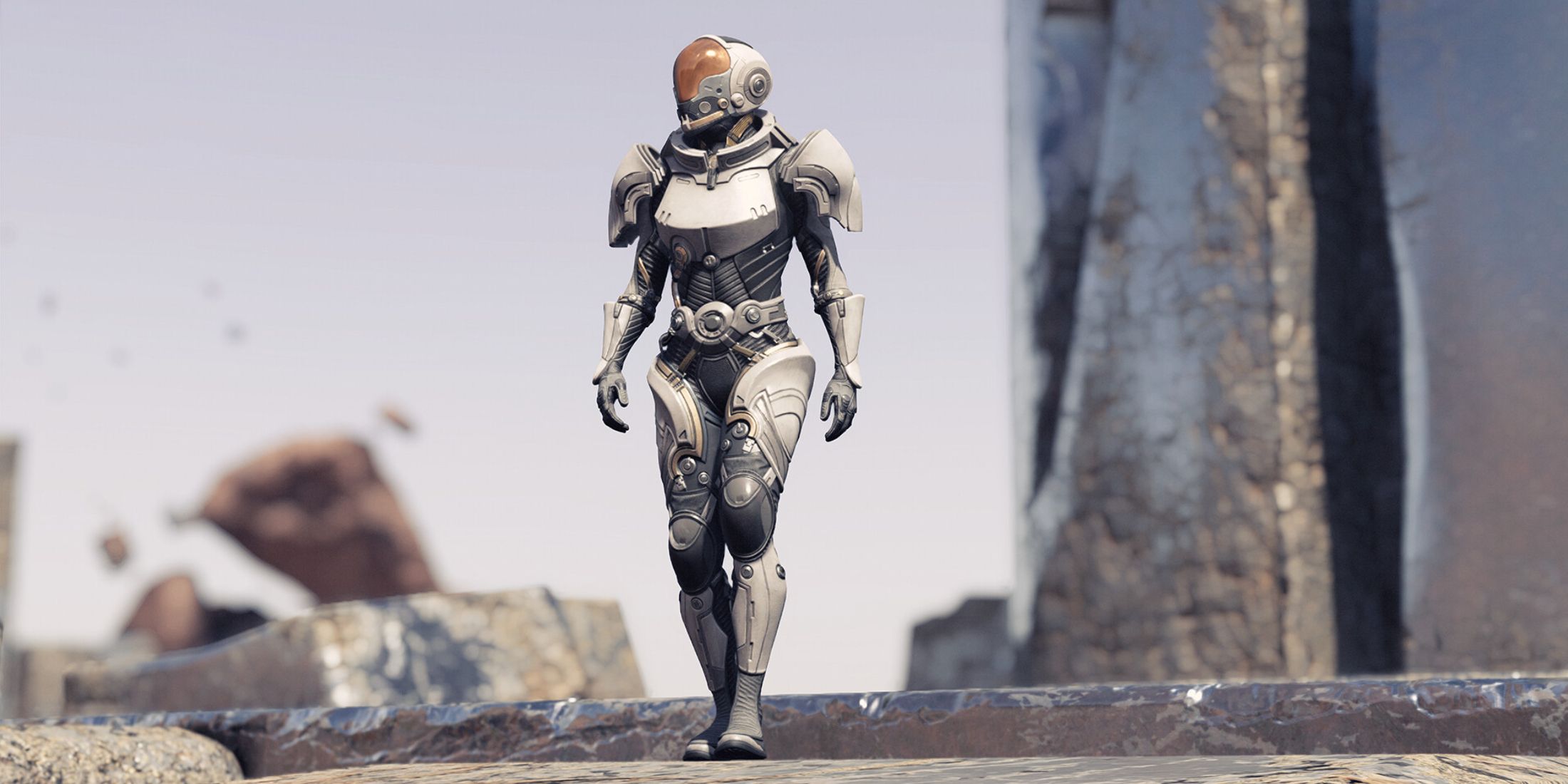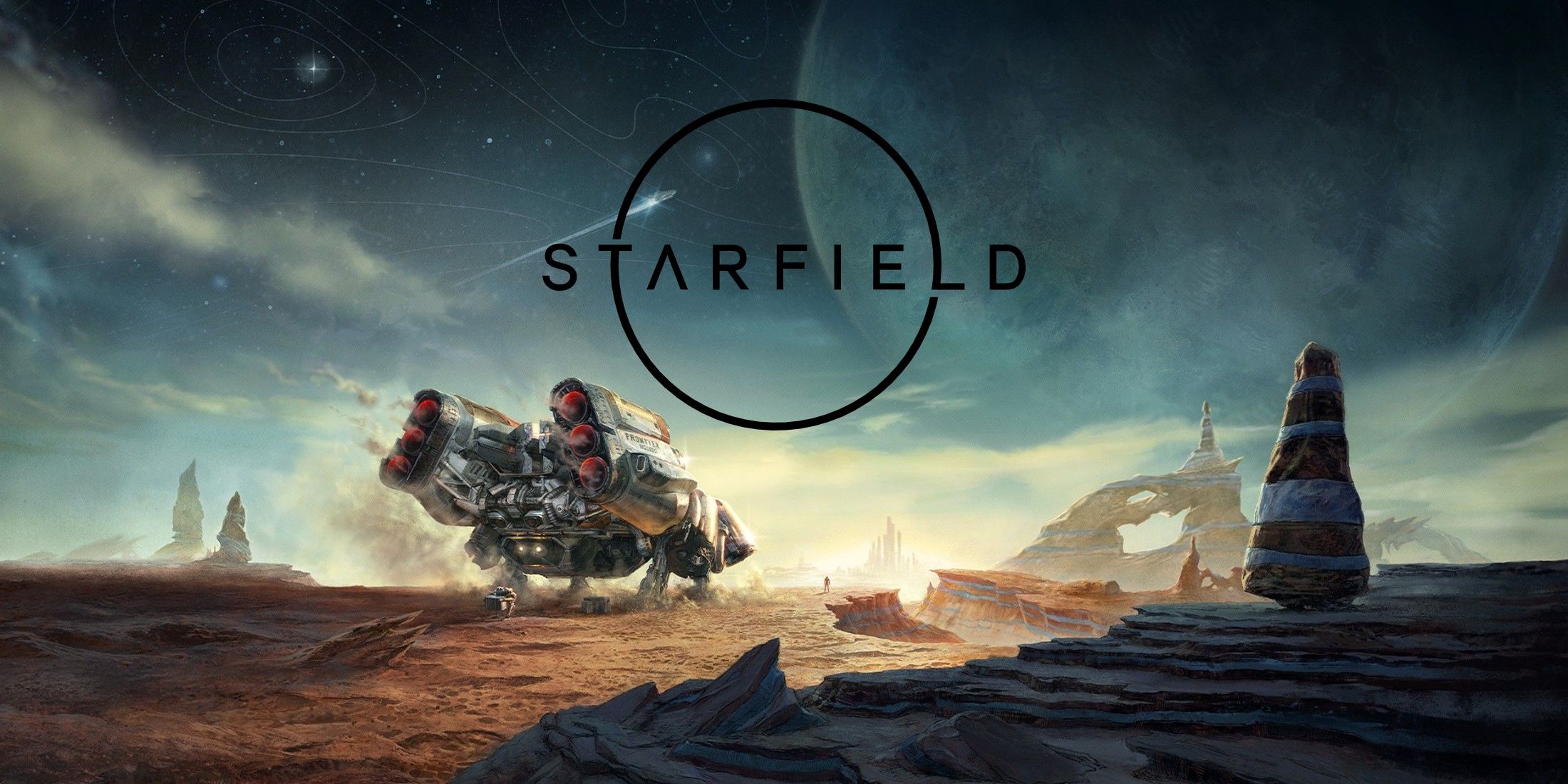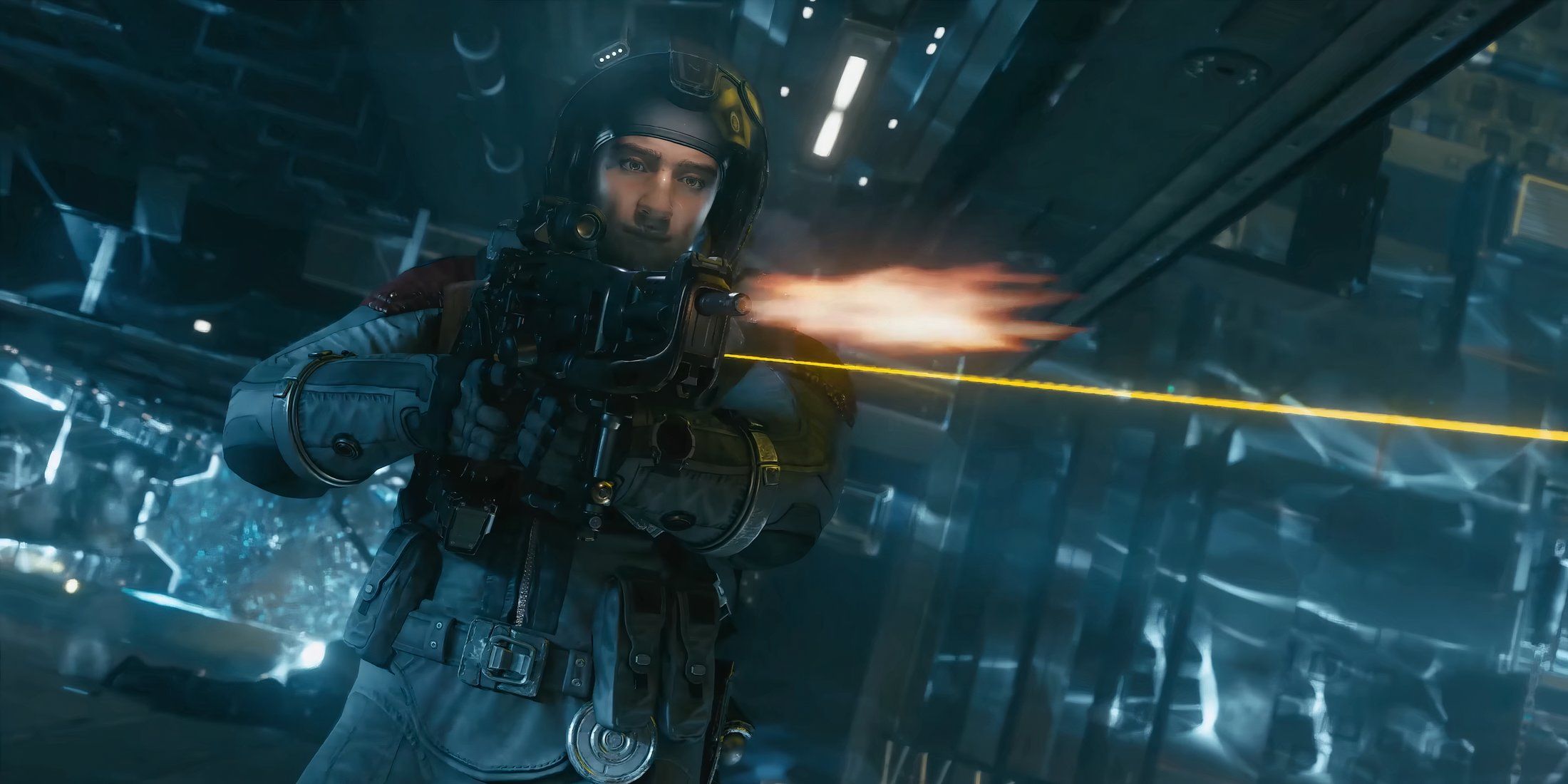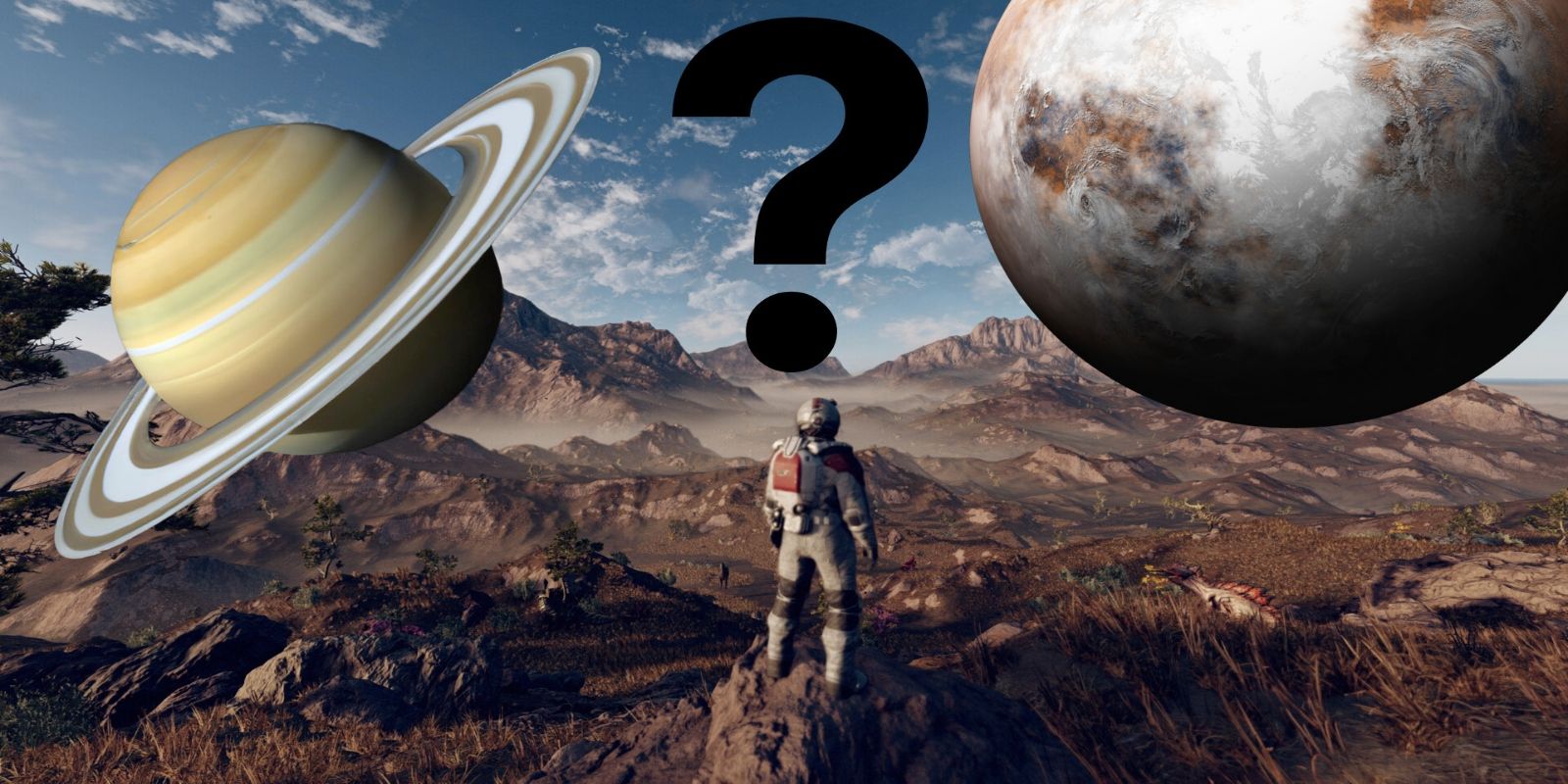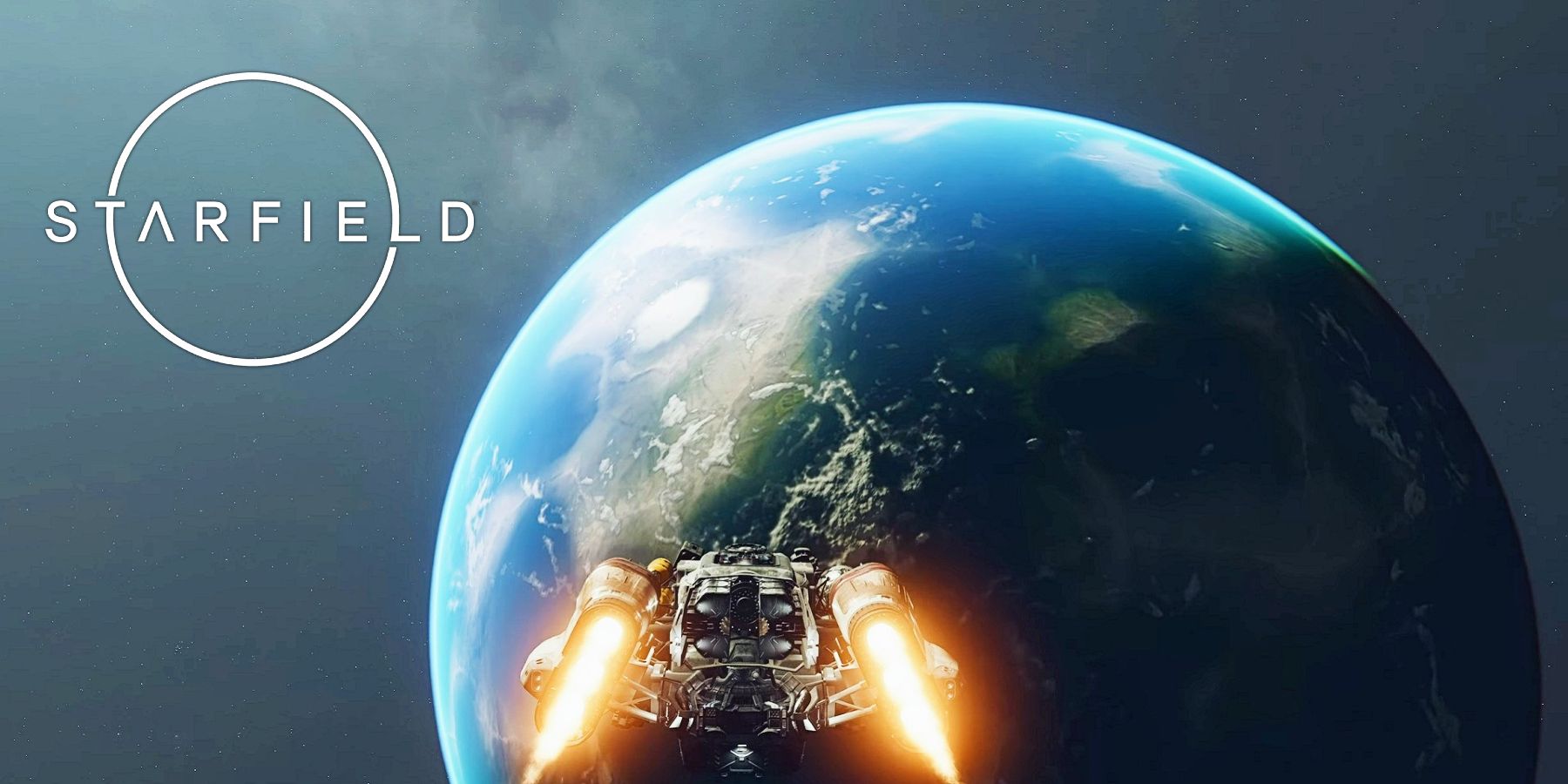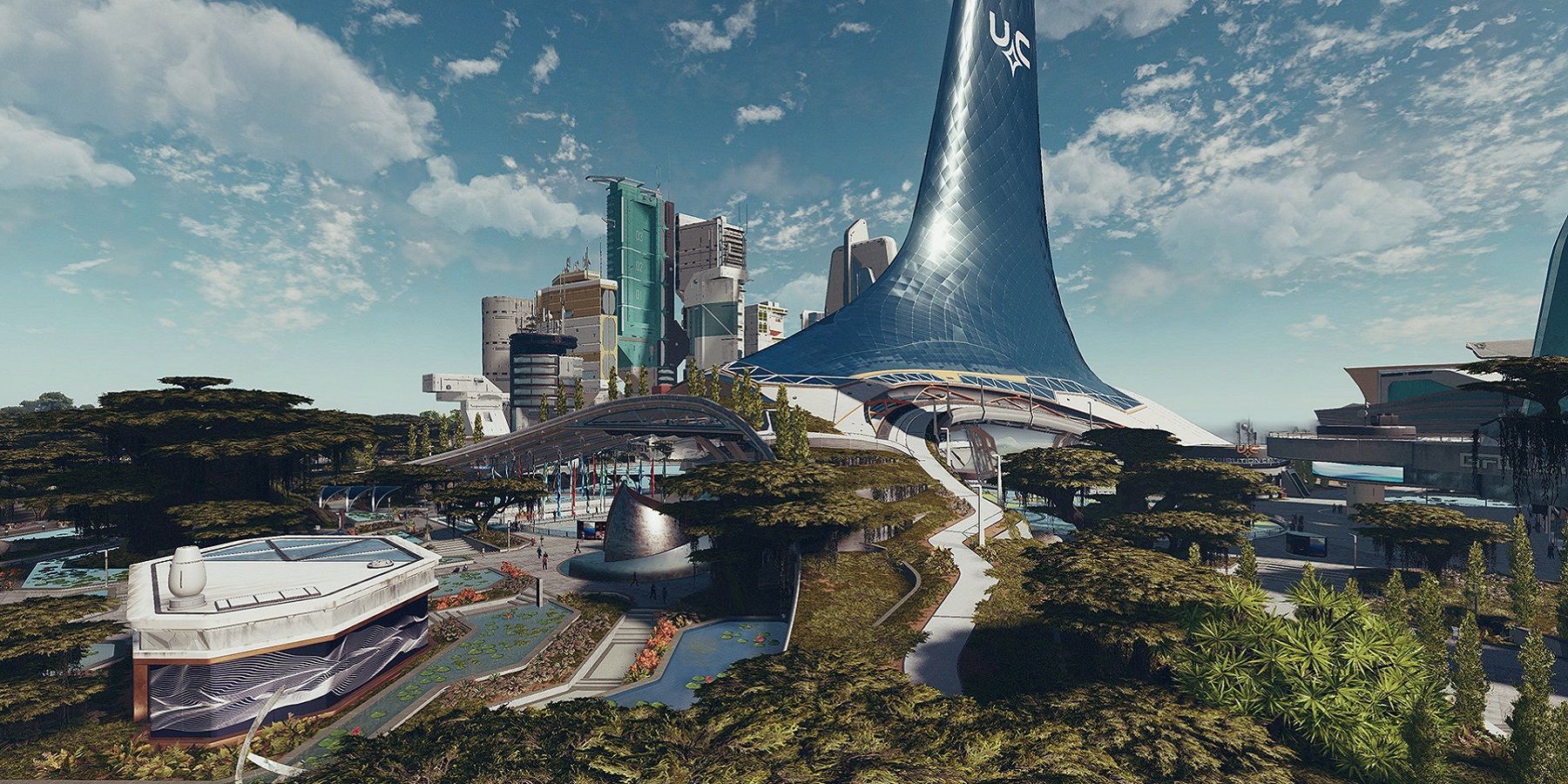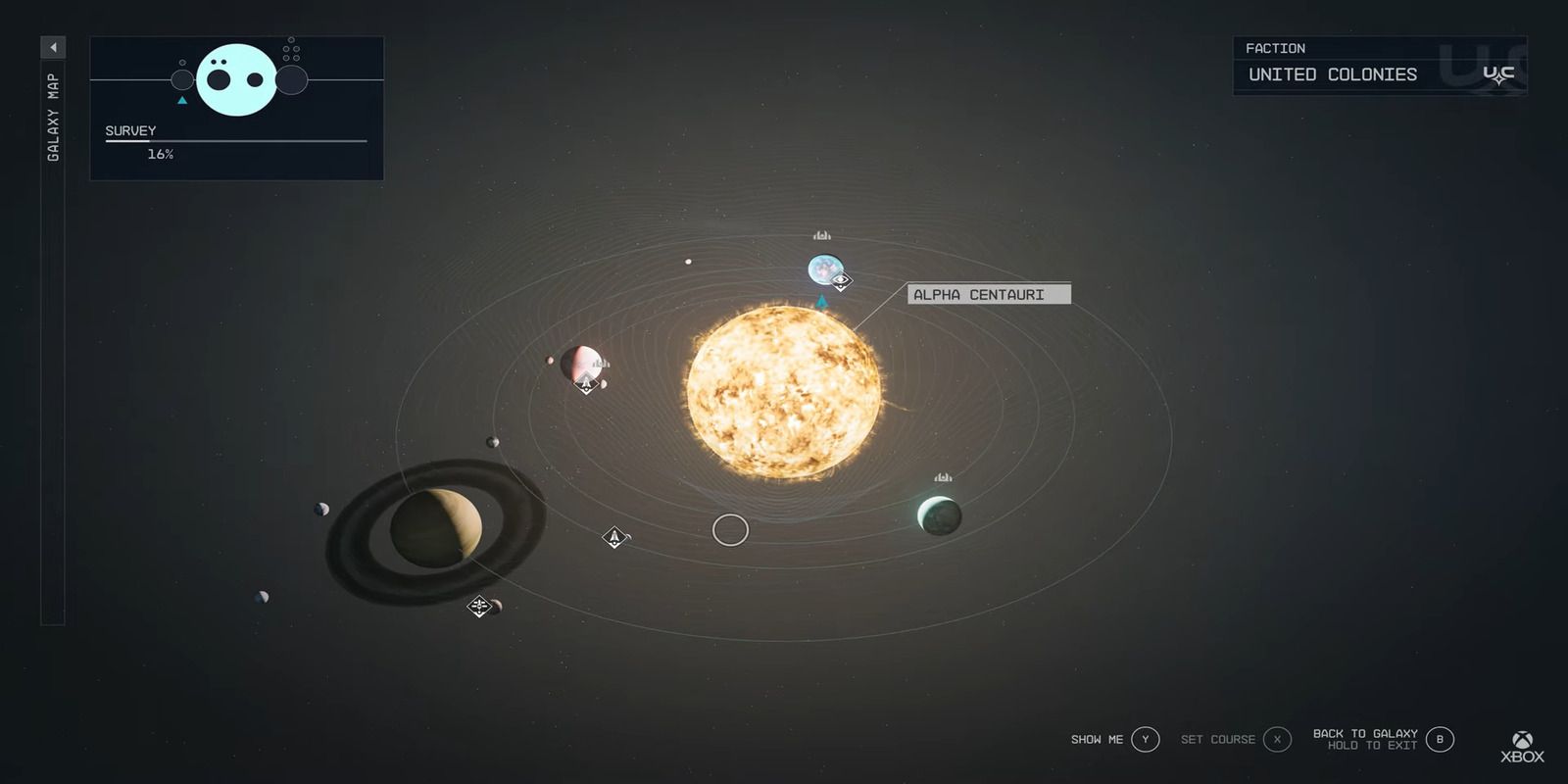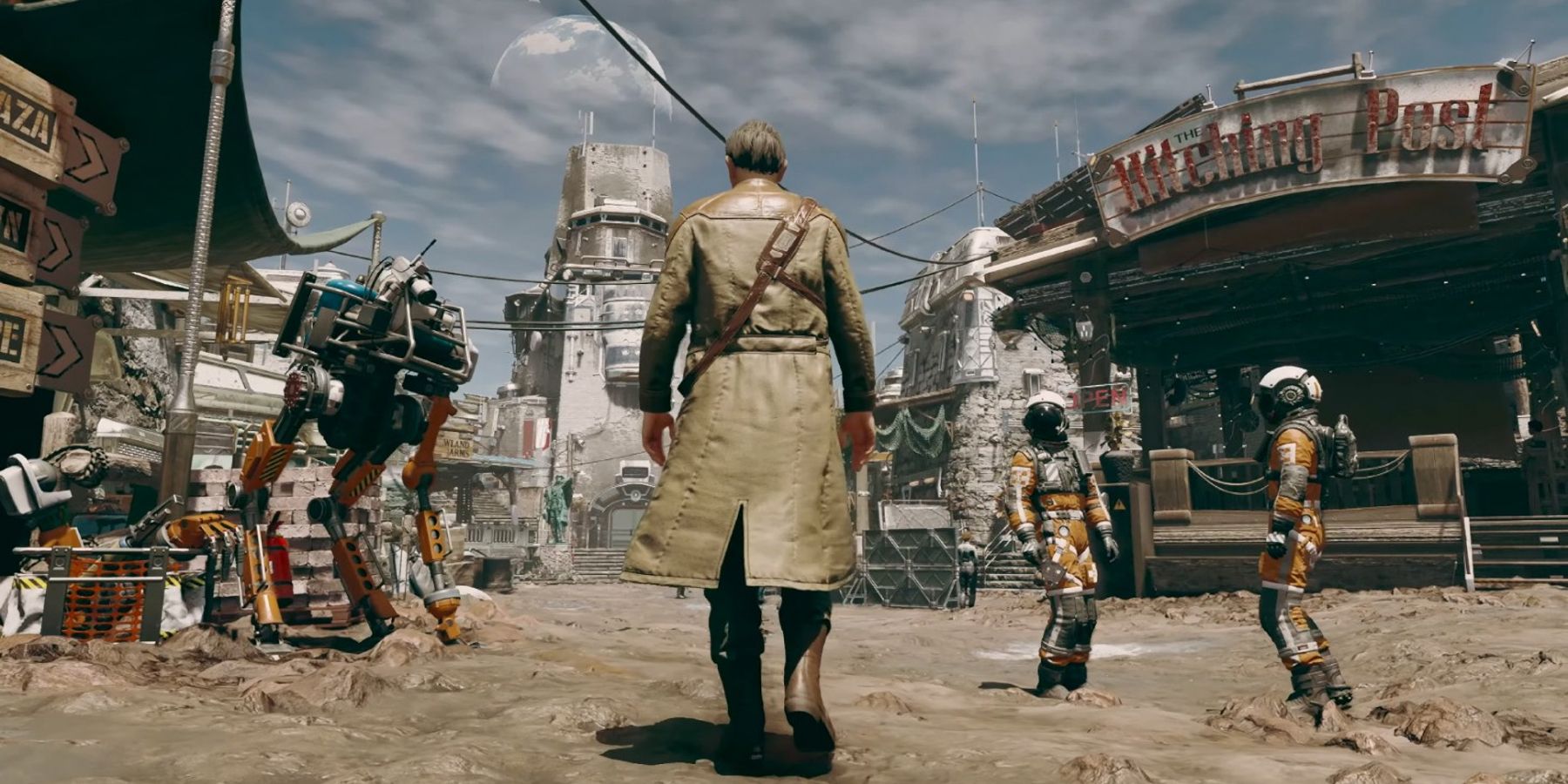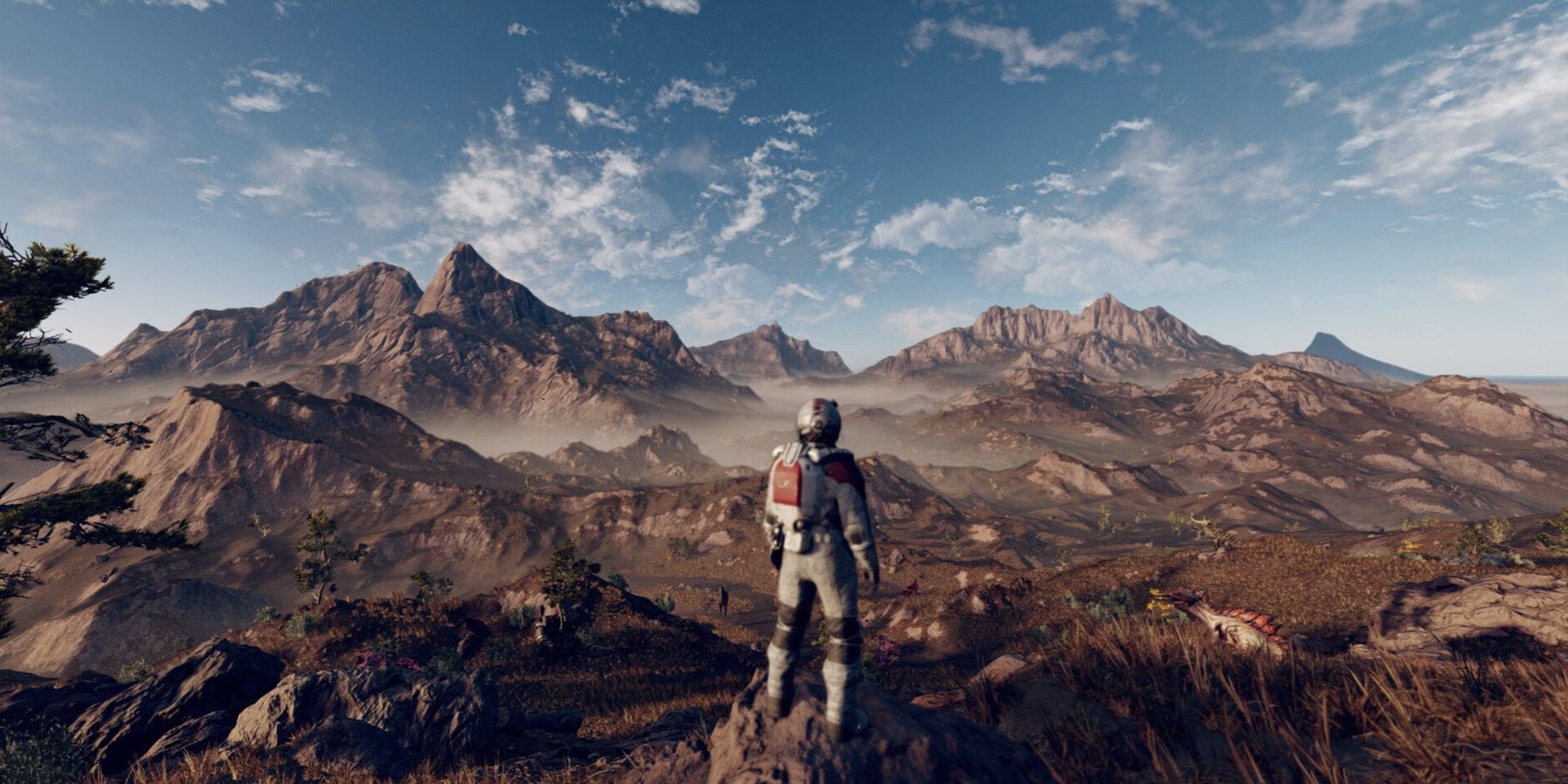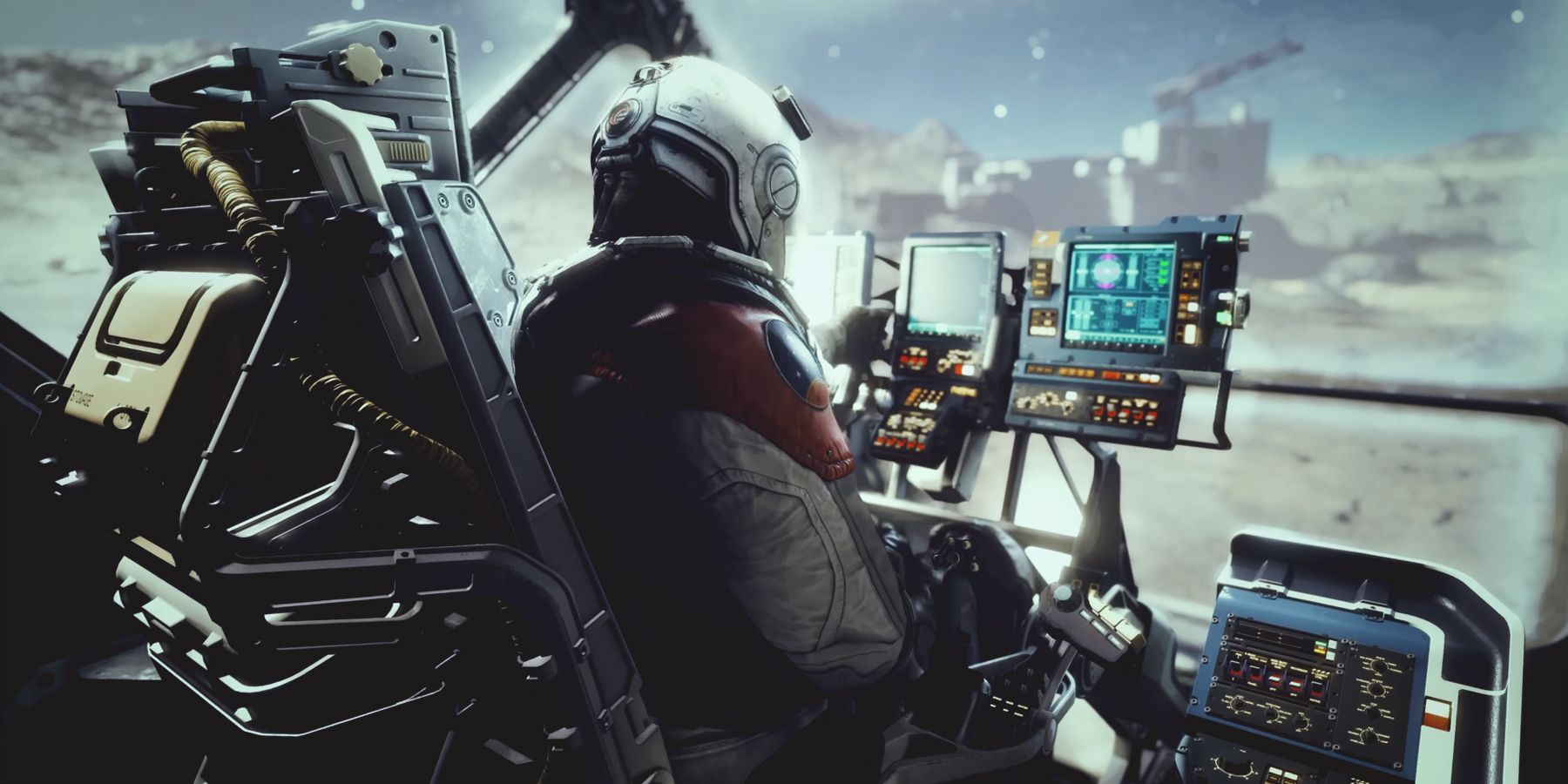Starfield, Bethesda's most ambitious RPG, is set to establish a new standard for open-world games, offering unparalleled freedom on a galactic scale. With a promise of over 1,000 explorable planets spread across multiple star systems, it boasts one of the most expansive world maps in gaming history.
To achieve this vastness, Starfield relies on an algorithmic technique known as procedural generation. This technique utilizes RNG-based terrains that dynamically generate biomes as players venture through the planets. For those seeking a deeper understanding of this feature, the following guide provides a comprehensive overview of Starfield's procedural generation, addressing commonly asked questions and shedding light on its mechanics.
How the Procedural Generation Works in Starfield
The way procedural generation works is that the game creates a planet as players approach it and then fills it with randomized, RNG-based terrains. However, despite this algorithmic generation, each planet will also feature handcrafted interest points based on the biogeographic units.
Unlike games like No Man’s Sky, Starfield’s algorithmic generation considers biome metrics to produce environments. For instance, a planet with a history of intelligent life will likely have artificial ruins, while remote worlds will feature no life.
How Much of Starfield Planets Are Handcrafted?
According to the developers, the game will feature hundreds of handcrafted designs, and the prominent worlds, such as Jemison, home to New Atlantis, will be entirely handmade. Even on procedurally generated planets, players will still have the chance to come across fully designed landmarks or points of interest.
Are All Planets in Starfield Procedurally Generated?
Except for the primary planets that develop Starfield's story, most planets are algorithmically generated. The exact number of randomized star systems is unclear, but since the game features over 1,000 planets, it’s safe to say that at least 900 of them are procedurally generated.
Will All Procedurally Generated Planets Support Life?
Of all the 1,000 planets in Starfield, only 10% will have active ecosystems. So, the chance of encountering alien life is one in every ten planets. As for the good news, procedural generation will also affect the living creatures on planets, adding native wildlife to habitable terrains.
Will the Procedural Generation Limit Exploration?
Based on the information from Bethesda’s Starfield Direct, it seems procedural generation won’t affect exploration depth. The game’s RNG mechanics will produce new biomes along with player progression, making most parts of the planet explorable. However, the player’s dependency on their spaceships might restrain their space voyaging.
Outposts will remain unaffected by the game’s procedural generation, and players will be able to keep their bases even after leaving a planet.
The Downside of Procedurally Generated Planets
While algorithmic creation adds an element of surprise to gameplay, it constrains exploration speed. Since Starfield requires extra time to process and produce new biomes, the game won’t include any planetary vehicles or mounts, which is a bummer.
Starfield will be available for Xbox Series X|S and PC on September 6, 2023.

